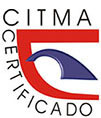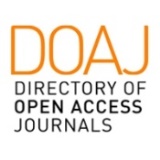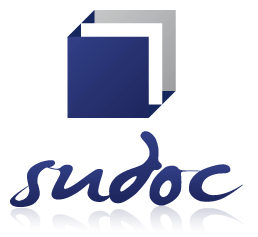Submissions
Submission Preparation Checklist
As part of the submission process, authors are required to check off their submission's compliance with all of the following items, and submissions may be returned to authors that do not adhere to these guidelines.- The submission has not been previously published and is not under concurrent review by any other journal (or an explanation has been provided in the Comments to the Editor).
- The submission file is in OpenOffice, Microsoft Word, or RTF format and complies with the format of the journal's style template.
- Whenever possible, URLs are provided for references.
- The text adheres to the stylistic and bibliographic requirements outlined in the Guidelines for authors
- Tables, figures, images, and graphs are 300dpi or higher in quality
Research
Documents with scientific content (scientific articles, systematic reviews, scientific essays) subject to a double-blind peer-review process by renowned researchers who are experts in the field of knowledge and external to the publishing entity:
Original Research: Scientific studies that address relevant and novel aspects within the thematic lines of the journal.
Systematic reviews: Scientific papers that following a specific methodology, a specific time frame, and a pre-established protocol, systematize knowledge on a specific topic.
Scientific essays: Argumentative and reflective studies of interest to the international scientific community and the journal's thematic areas, supported by objective criteria and critical assessment by the authors.
Miscellaneous
Texts that, due to the interest of the Universidad Central "Marta Abreu" de Las Villas, are published in Islas in order to contribute to the preservation of its historical memory. These texts will be evaluated by a member of the editorial team and a national expert external to the publishing entity.
Copyright Notice
Authors hold the copyright of their work. The submission of a text to the journal implies that all authors have read and accepted the Terms and Conditions of the journal and agree that the manuscript will be published under a Creative Commons license that allows non-commercial use, distribution, translation and reproduction of the document in any medium, provided that the work is properly cited.
In addition, they also agree that the document may be hosted on the journal's website or other journal indexer, from where the full texts of the articles that are published may be read, downloaded, copied, distributed, printed, translated, searched or linked.
The content of the publications is the sole responsibility of the authors.
Privacy Statement
The names and email addresses entered in this journal site will be used exclusively for the stated purposes of this journal and will not be made available for any other purpose or to any other party.
Downloadable version: Guidelines for authors

















